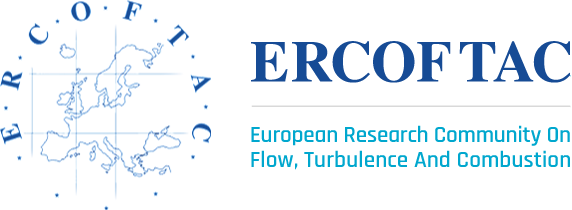SIG44 Workshop
Recent Advances in Turbulent Wind-Farm Science
22nd - 24th April 2026
Imperial College London, United Kingdom
The program is available on the congress website: TBC
Chairperson:
Co-Chairperson:
Intended scientific scope, topics to be included:
To meet the 2050 climate targets, the European Union (EU) is pushing for an extraordinary scale-up of the wind industry, bringing with it extraordinary technological and scientific challenges. This massive and rapid transformation of the sector—aiming to increase offshore capacity nearly 30-fold in under 30 years— has been supported by a collaborative effort from both the scientific and industrial communities to tackle the numerous challenges it presents.
Wind turbines generate turbulent wakes, and because they are often clustered into wind farms for economic, logistical, and technical reasons, most wind turbines are exposed to upstream wakes, reducing their efficiency, increasing fatigue damage, and ultimately threatening the economic viability of wind farms. As more and increasingly larger turbines are installed, these issues will exacerbate in the run up to the 2050 targets.
The organization of this workshop is driven by exciting recent advancements in the understanding of the complex physics governing wind turbine and wind farm wakes, with profound implications for the future of the wind energy industry. This two-day colloquium aims to bring together leading experts from the turbulence and wind energy communities, including international scholars, industry professionals, and policymakers, to discuss the latest developments in the aerodynamics of turbulent wind turbine and wind farm wakes, both from fundamental and applied perspectives.
Programme: TBC
Workshop website: TBC
